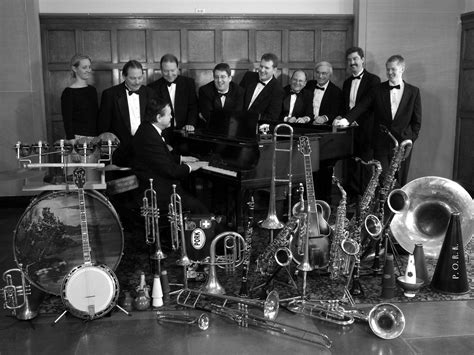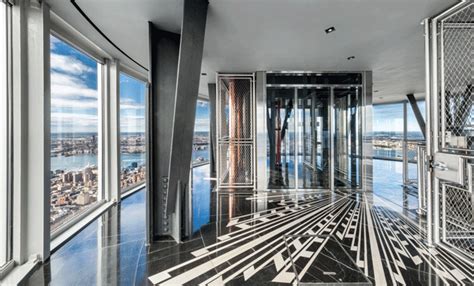Chicago jazz is an American jazz style that originated in Chicago around the 1920s. It is a style of jazz characterized by sparse instrumentation, a strong rhythm section, and a hard-driving, often swinging feel. The style is a combination of traditional New Orleans jazz and various other styles such as blues and ragtime.
A defining feature of the Chicago jazz style is the use of a traditional jazz band setup, such as drums, bass, piano, and saxophone, to create a powerful, driving sound. This sound is often described as big band jazz, and it is the sound of classic Chicago jazz. The sound is often punctuated by the use of unusual rhythms and syncopated rhythms, as well as improvisation.
Another defining feature of the Chicago jazz style is the use of virtuoso soloists. A great soloist in Chicago jazz can make a song come alive, often through inventive and complex solos. Many Chicago jazz musicians are known for their ability to improvise, creating complex and inventive solos in the moment.
The Chicago jazz style is also known for its swing feel. Swing is a rhythmic style that is characterized by an up and down feel, with the beat being played on alternate notes. This creates a sense of momentum and keeps the music moving. The swing feel is a key part of the classic Chicago jazz sound and is often used to great effect in solos and improvisations.
The Chicago jazz style is also characterized by its use of call and response. Call and response is a technique where one musician plays a riff, and the rest of the band responds to it. This technique is often used to add a sense of spontaneity and interaction to performances.
The Chicago jazz style is an iconic and influential American jazz style that has been around for over a century. Its characteristic sound is still heard in jazz performances today, and it is an important part of American musical history.
Exploring the Unique Elements of Chicago Jazz
Chicago jazz is a musical style that has been evolving for almost a century. It combines styles from the past with a modern and experimental approach. Over the years, Chicago has been home to some of the greatest jazz musicians, who have each brought their own unique flair to the music.
The core of the Chicago jazz sound is rooted in the blues. As early as the 1920s, musicians like Louis Armstrong, Jelly Roll Morton, King Oliver and Joe King Oliver were combining blues with jazz and giving birth to a unique sound. This sound was further perfected by later generations of musicians, such as the great Muddy Waters. The blues is a fundamental element in the Chicago jazz sound.
Another key element of Chicago jazz is improvisation. As jazz has evolved, the focus on improvisation has increased, and this has been embraced by the Chicago jazz scene. Musicians such as Sonny Rollins, John Coltrane, Wynton Marsalis, and Herbie Hancock have all embraced and expanded upon the improvisational aspects of the music. Improvisation is a key factor in the Chicago jazz sound, and it is something that has helped define it.
Chicago jazz is also characterized by its reliance on collective improvisation. Many of the pioneers of Chicago jazz were also some of the first to explore collective improvisation, in which multiple musicians improvise on the same piece of music. This allows for a more expansive and creative exploration of the music, and is one of the reasons why Chicago jazz has been so influential.
Finally, the sound of Chicago jazz is often characterized by its use of syncopation. In jazz, syncopation is the rhythmic displacement of the beats in a piece of music, often creating a more layered and complex sound. Musicians like Miles Davis, Art Blakey, and Thelonious Monk have all embraced the use of syncopation, and its use is an integral part of the Chicago jazz sound.
Exploring the unique elements of Chicago jazz can be a rewarding experience. From the fundamental blues sound to the innovative improvisations and syncopation, Chicago jazz is a musical style that has been evolving for nearly a century. With so much history and talent, it is easy to see why the sound of Chicago jazz is so unique and influential.
Recognizing the Chicago Jazz Style: A Music Genre of its Own
The Chicago Jazz style is a unique and distinct genre of jazz music that has its origins in the city of Chicago. Developed in the early 1900s, the Chicago jazz style is characterized by its swingy rhythms, improvisational soloing, and bluesy melodies. The style has had a major influence on other jazz forms, including bebop and cool jazz, and is considered one of the most important jazz genres ever created.
The most recognizable feature of Chicago jazz is its swingy rhythms. The music is usually played in 4/4 time but with a swing feel, meaning that the eighth notes are not played evenly, but with a triplet feel. This gives the music a bouncy, upbeat sound that has made it popular among jazz musicians and fans alike.
Aside from its swingy grooves, Chicago jazz is known for its improvisational soloing. The soloists are encouraged to play with a lot of freedom and creativity, allowing them to express themselves fully. Solos often feature fast runs, blues notes, and chromatic ideas, all of which add to the excitement of the performance.
Chicago jazz is also known for its bluesy melodies. The music has strong blues influences, and the melodies often feature blues notes and scales. In addition, the solos tend to be more blues-based than they are in other genres of jazz.
The Chicago jazz style is still very much alive today, and many modern musicians are carrying on the tradition. The music can be heard in jazz clubs and festivals all over the world, and its influence is still felt in many other genres of music. Whether you’re a fan of jazz or not, the Chicago jazz style is certainly worth recognizing as a music genre of its own.
| Characteristic | Description |
|---|---|
| Rhythm | Swingy rhythms in 4/4 time |
| Soloing | Improvisational soloing with freedom and creativity |
| Melody | Bluesy melodies with blues notes and scales |
 Road Topic Tourism & Travel
Road Topic Tourism & Travel




